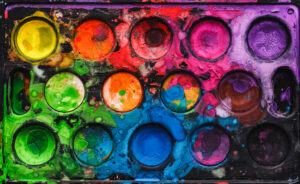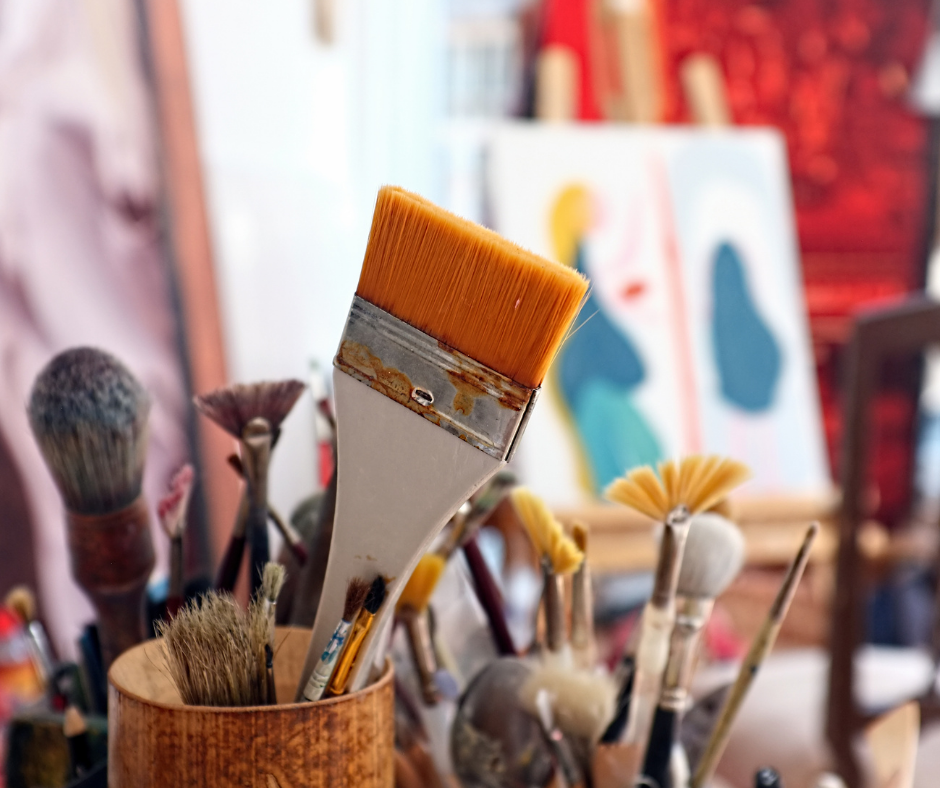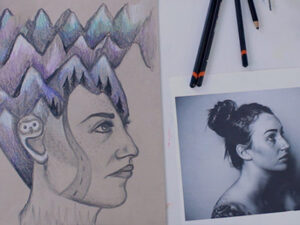Creativity has always inspired – and sometimes paved the way for- big changes in the way that people perceive, think, speak and act. And art can be particularly powerful! In this era of constant innovation, creativity is perhaps a more important asset than ever before.
Part of our mission at Sparketh is to make sure that kids anywhere and everywhere have access to quality art instruction so that they can grow creatively and make a bigger, more positive impact on the world through art. For all of the young artists (or even adult artists) at home, here are 6 tips for creating more powerful art–art that makes an impact!
Tip #1: Never Stop Learning
In creating powerful art, probably the most important thing you can do is to always keep learning. Study the artists that speak to you, and the famous works of art that have stood the test of time. Learn every artistic technique you can, and never think you’ve “learned enough.” One of the secrets to becoming a master of anything is recognizing that you always have something to learn. Plus, the more you know about art, about the best work of great artists, and about different artistic tips and techniques, the more you will be able to explore and learn about your own unique style.

Tip #2: Have the Courage to Innovate
You can only innovate something once you’ve learned as much about it as possible, so tips #1 and #2 definitely go hand-in-hand. When you think of all of the great, innovative artists throughout history, you will see that their original ideas often came after many years of studying the artistic masters and popular styles that came before. Pablo Picasso is probably the most famous example of this: the artist who, after years of mastering the favored, realistic paintings of the time, innovated an entirely new art style: Cubism. Great artists may borrow from other great artists, but years of borrowing and learning can also provide inspiration to get creative and try something new (in other words, to innovate!) Powerful art is art that takes risks and applies learning to new endeavors.
Tip #3: Find Your Unique Perspective
Part of innovating as an artist is figuring out what important perspective (or perspectives) you have to offer. Then you have to figure out how you will say it – through art – in a way that fits your style and message. Part of forming your own perspectives on the world also comes with learning and observation (again, there’s Tip #1 creeping in).
Every artist has unique perspectives to share in the world of art– ways of looking at subject matter and sharing certain things that others might not even notice. Unique perspectives can be made visible via the art style, the medium, or the subject matter. Often, all three are involved in sharing a unique perspective through art. For example, Surrealist art often makes use of unexpected materials and subject matter to capture a different way of thinking about something. Your art will be uniquely powerful when it shares a perspective or insight that only you can bring to the world.
Tip #4: Connect with the Viewer Visually
This one is pretty straightforward. Great art speaks visually. Powerful art therefore has to make a visual connection with those who look at it. Whether through an interesting composition, a complex subject, a vibrant use of color (the list could go on infinitely) effective art is dynamic and visually engaging. Once you’ve got the viewers attention with the initial presentation of your art, they’ll have a chance to really start to ponder and interact with it. Visually dynamic art which makes a connection with the viewer is powerful.

Tip #5: Create Questions in the Viewer
What made Mona Lisa smile like that? What is the story behind Edvard Munch’s painting, The Scream?
Powerful art makes an impact by leaving us with questions, and it speaks by making us search ourselves for answers. If someone stops to look at a work of art that is visually dynamic, questions in that work of art may lead them to engage with it further. As you become more innovative and adventurous with your art, think about conversations you would want to have with the person viewing your work.
What mysteries will you leave unanswered in your own art? What questions will your creations ask?
Tip #6: Present a Challenge
The boldest way that art can make an impact on the world art large is by presenting a challenge. Powerful art has the ability to present new and diverse perspectives. Sometimes it does this by asking questions, such as in tip #5. Other times, art presents a challenge by showing the viewer something unexpected– or even uncomfortable! And sometimes art presents a challenge by sharing an unusual or unique way of looking at something familiar, either via the art style, materials, or subject. As you can see, you can take any of the above approaches in creating art that makes an impact, but ultimately your art has the ability to start a conversation with the rest of the world about something that matters to you!
At Sparketh, we believe that creativity is powerful force for positive change, and that everyone deserves the chance to nurture their creative skills with quality instruction. Everyone has the right to a more creative and vibrant future!
Click Here to Try a Free Month Online Art Courses




